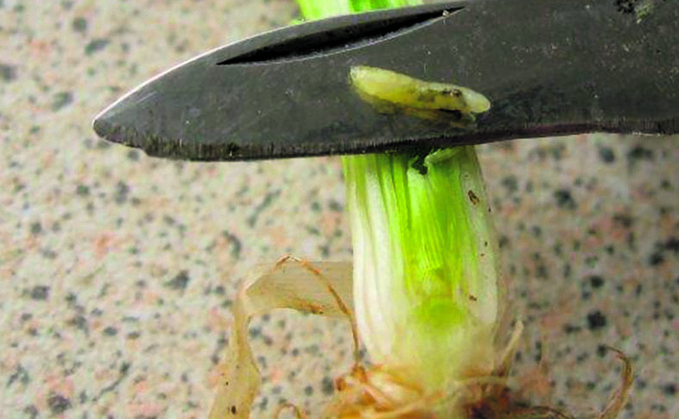
Early drilling last autumn is thought to be behind the high incidence of gout fly damage being reported this spring. Previous years have shown gout fly pressure to be highest in crops sown before...

Early drilling last autumn is thought to be behind the high incidence of gout fly damage being reported this spring. Previous years have shown gout fly pressure to be highest in crops sown before...
Ice Builders plate coolers refurbished bulk